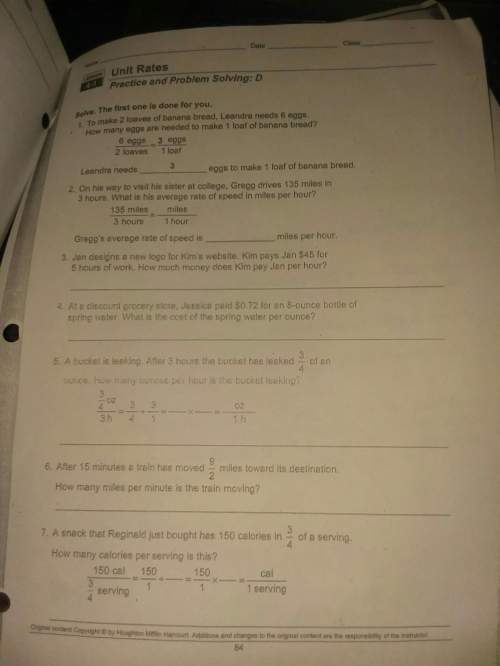
Mathematics, 04.06.2020 15:57, topangabraith
One of the methods forensic investigators use for estimating the age at death of a human, or the age of a living individual (for example for legal reasons or to verify identity) is based on measurement of the biochemical changes in amino acids within the teeth or bones. As bones and teeth age the ratio (R/L) of two amino acids, denoted simply as R and L, increases. The biochemical changes that occur over time in these amino acids follow an exponential law. The age t, in years, can be estimated from (R/L) using the equation t = b0 + b1*LN((1+R/L)/(1-R/L))^(), where LN denotes the natural logarithm (logarithm base e). This Excel file has data on the ratio (R/L) from the teeth of human subjects of known age.
1. Use the data to find the least squares intercept b0 and slope b1 in the equation t = b0 + b1*LN((1+R/L)/(1-R/L))^(). intercept b0 slope b1
2. While tending to his flower garden, Sherlock Holmes discovers a body buried in his backyard. Forensic analysis yields the value 0.045 for the ratio (R/L). Use the least squares equation to estimate the age of Sherlock Holmes' surprise garden visitor. years
3. Calculate a 95% prediction interval for the age at death of Sherlock Holmes' surprise garden visitor. lower bound upper bound
4. Several years ago a man in Sherlock Holmes's neighborhood mysteriously disappeared. At the time of the disappearance the man was 35 years old. Do you think that this is the body of that man? No Yes

Answers: 2
Other questions on the subject: Mathematics

Mathematics, 21.06.2019 14:30, austin8535
Atriangular bandana has an area of 46 square inches. the height of the triangle is 5 3 4 inches. enter and solve an equation to find the length of the base of the triangle. use b to represent the length of the base.
Answers: 2

Mathematics, 21.06.2019 17:00, shayambros
How to solve a simultaneous equation involved with fractions?
Answers: 1

Mathematics, 21.06.2019 18:40, rivera8
Juliana says that she can use the patterns of equivalent ratios in the multiplication table below to write an infinite number of ratios that are equivalent to 6: 10. which statement explains whether juliana is correct? she is correct because she can multiply 6 and 10 by any number to form an equivalent ratio. she is correct because 6: 10 can be written as 1: 2 and there are an infinite number of ratios for 1: 2. she is not correct because the multiplication table does not include multiples of 10. she is not correct because 6: 10 is equivalent to 3: 5 and there are only 9 ratios in the multiplication table that are equivalent to 3: 5.
Answers: 1

Mathematics, 21.06.2019 20:00, alisonlebron15
An investment decreases in value by 30% in the first year and decreases by 40% in the second year. what is the percent decrease in percentage in the investment after two years
Answers: 1
Do you know the correct answer?
One of the methods forensic investigators use for estimating the age at death of a human, or the age...
Questions in other subjects:

Mathematics, 18.03.2021 08:30


Mathematics, 18.03.2021 08:30

Mathematics, 18.03.2021 08:30

English, 18.03.2021 08:30

English, 18.03.2021 08:30




Biology, 18.03.2021 08:30







